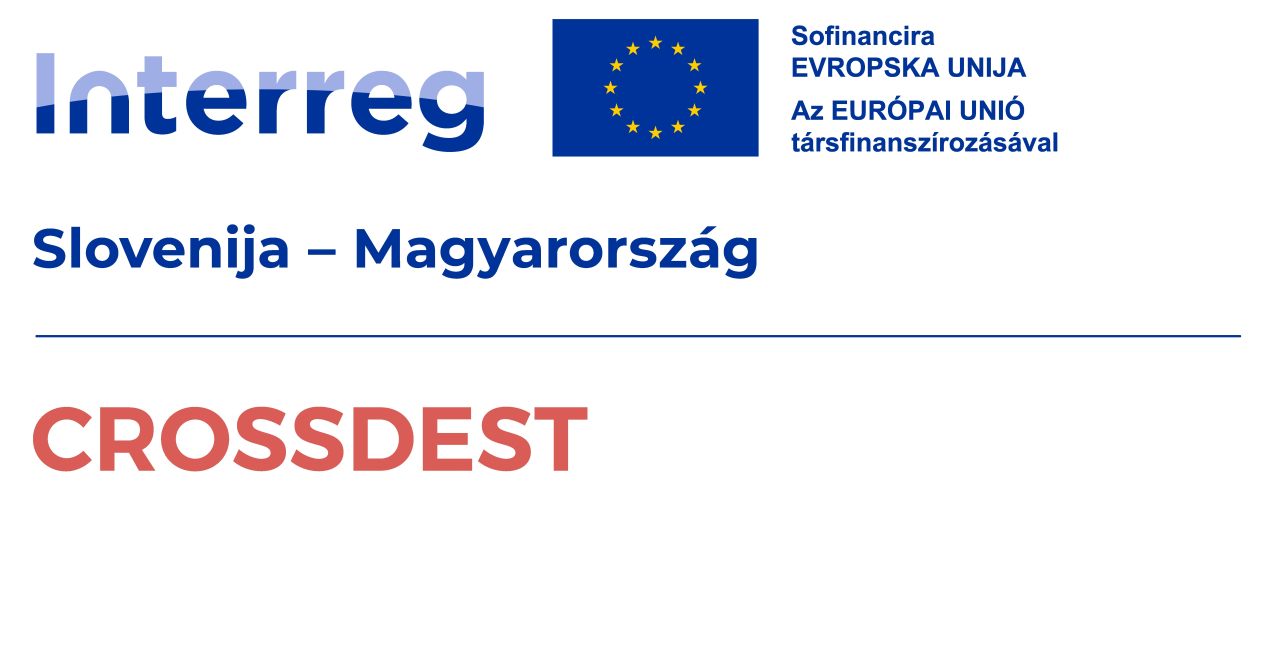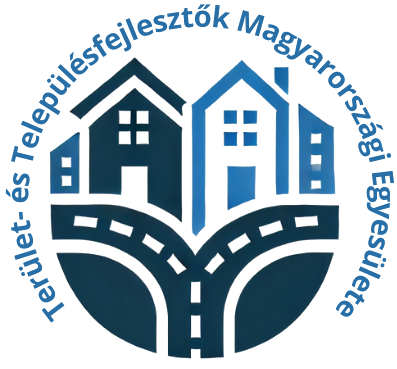Gyergyószárhegy
Gyergyószárhegy (in Romanian, Lăzarea) is one of the most renowned historical and cultural settlements in Harghita County, located in the Gyergyó Basin, just a few kilometres south of Gyergyószentmiklós. The village lies at the foot of the Harghita Mountains, in a picturesque setting where natural beauty and historical heritage are closely intertwined. Its name has been known for centuries in the history of Székely culture and holds a special place in the Hungarian culture of Transylvania. The most famous attraction of the settlement is the Lázár Castle, one of the most significant Renaissance monuments in Transylvania. Built in the 16th–17th centuries, the castle is not only a historical landmark but also an important cultural centre, hosting art camps and events today. The castle was built by the Lázár family, one of whose members, István Lázár, was the guardian of Gábor Bethlen, the Prince of Transylvania. The church associated with the castle, the former school, and the medieval settlement structure all testify to the historical significance of the area. Gyergyószárhegy has an exceptionally active cultural life. For decades, the village has been home to art camps, exhibitions, and traditional programmes, contributing to the vibrancy of local and Transylvanian Hungarian intellectual life. The locals continue to preserve Székely traditions, including folk architecture, attire, and customs, reflected in numerous events, celebrations, and religious occasions. The surrounding area offers excellent opportunities for hiking and nature exploration, as the proximity of the Harghita Mountains provides a diverse landscape: pine forests, springs, streams, and viewpoints await visitors. Guests can find accommodation in guesthouses, small inns, and rural lodgings, where Székely hospitality becomes a tangible experience. The presence of the Franciscans in Gyergyószárhegy dates back more than three centuries and is closely linked to the religious devotion and patronage of the Lázár family. The foundation of the monastery was initiated in 1642 on the slopes of Szármány Hill, with the aim of having Franciscan monks oversee the religious life of the five chapels in the area. Although the monks were expelled in 1648, they returned in 1665, and construction resumed with renewed vigour. One of the most fascinating figures of this period was János Kájoni – a Franciscan monk, organist, printer, and composer – whose legacy remains a lasting intellectual heritage in Transylvania. Throughout history, the monastery suffered severe damage multiple times: it was burned during the Rákóczi War of Independence and destroyed by fire in 1749 and 1872. Each time, it was rebuilt, achieving its current form by 1908. The Baroque monastery church and the building complex were home to more than 800 Franciscan monks during its existence, 51 of whom were buried in the monastery crypt – including János Kájoni. The Franciscan presence was dissolved in 1951 by the communist regime, which interned the monks and nationalised the building. Later, it served as a children's home and then as an art colony. After the regime change, it became the venue for summer art camps for many years, gaining artistic significance alongside its spiritual role. Today, it once again functions as a Franciscan friary and serves as an important spiritual and cultural centre for both locals and pilgrims. Gyergyószárhegy is thus not only famous for the Lázár Castle but also for the Franciscan friary, making it one of Transylvania's unique religious and cultural sites, where historical heritage, living faith, and artistic values form a remarkable unity. Gyergyószárhegy is therefore not just a historical landmark but a living cultural community that occupies a special place on the map of Székely Land through its past, artistic presence, and natural surroundings.
Arrival
- Walk
- Horseback
- Bike
- Electric bicycle
- Bus (rented for the trip)
- Motorcycle
- Car
Sights, programs
Public transport
- bus
Parking information
- Free outdoor parking available
Sustainability level
Topic 1: Destination Management 56%
- Visitor management: 80%
- Commitment and organization: 0%
- Design & development: 50%
- Monitoring and reporting: 50%
- Legal and ethical compliance: 100%
Topic 2: Nature and landscape 100%
- Nature and wildlife protection: 100%
- Nature and conservation: 100%
Topic 3: Environment and climate 51%
- Land use and pollution: 67%
- Water management: 60%
- Energy, sustainable mobility and climate change: 0%
- Adaptation to climate change: 50%
- Waste and recycling: 80%
Topic 4: Culture and traditions 88%
- Cultural heritage: 100%
- People and traditions: 75%
Topic 5: Social Welfare 51%
- Health and safety: 100%
- Local economy: 20%
- Socio-economic impacts: 0%
- Community participation: 50%
- Human dignity: 86%
Topic 6: Business and Communication 61%
- Business participation: 22%
- Information and marketing: 100%













